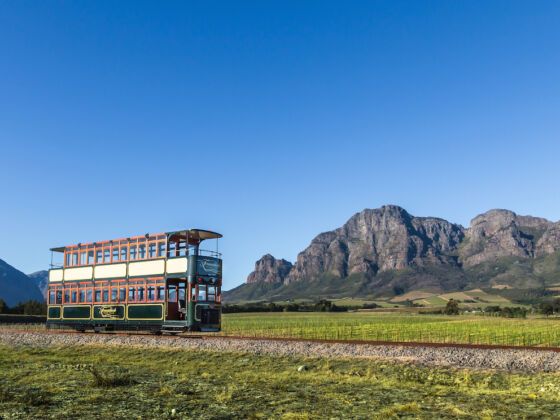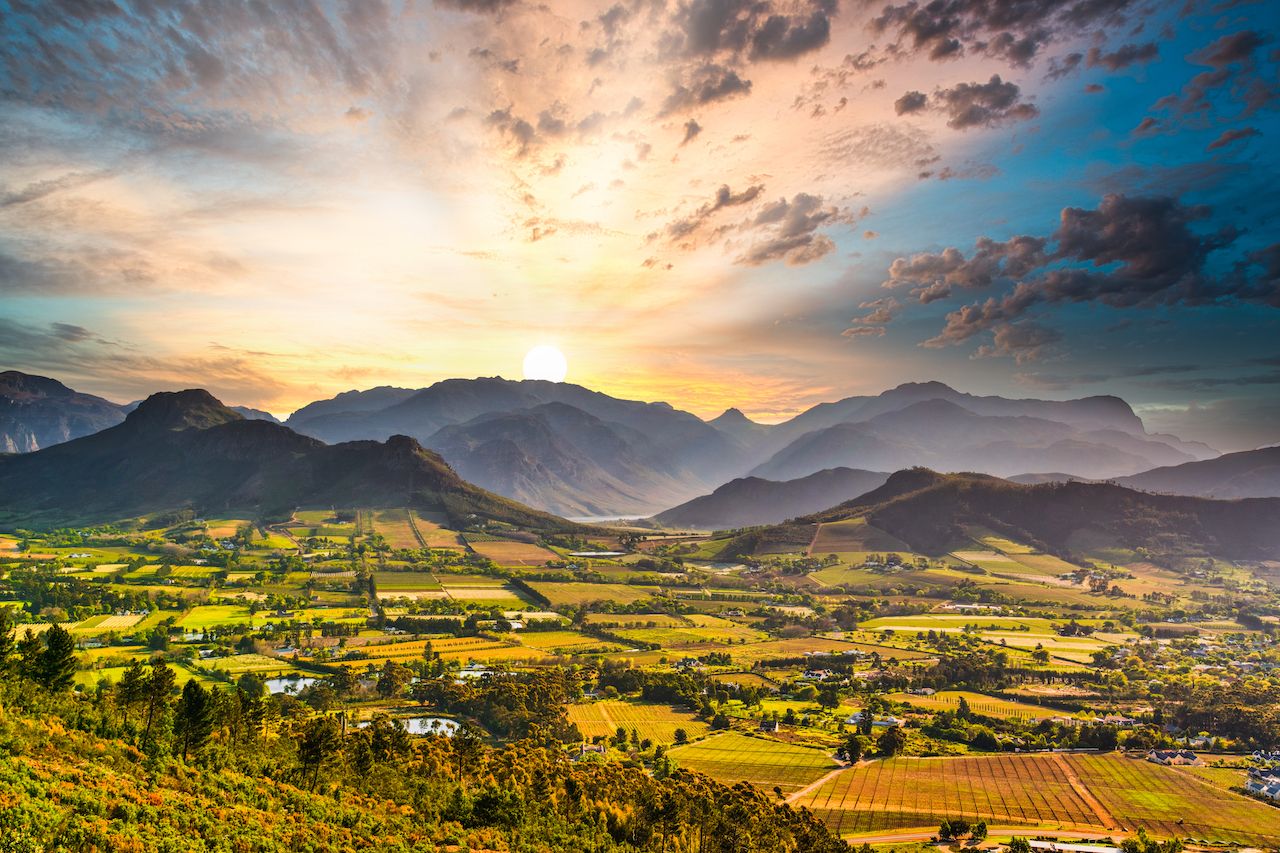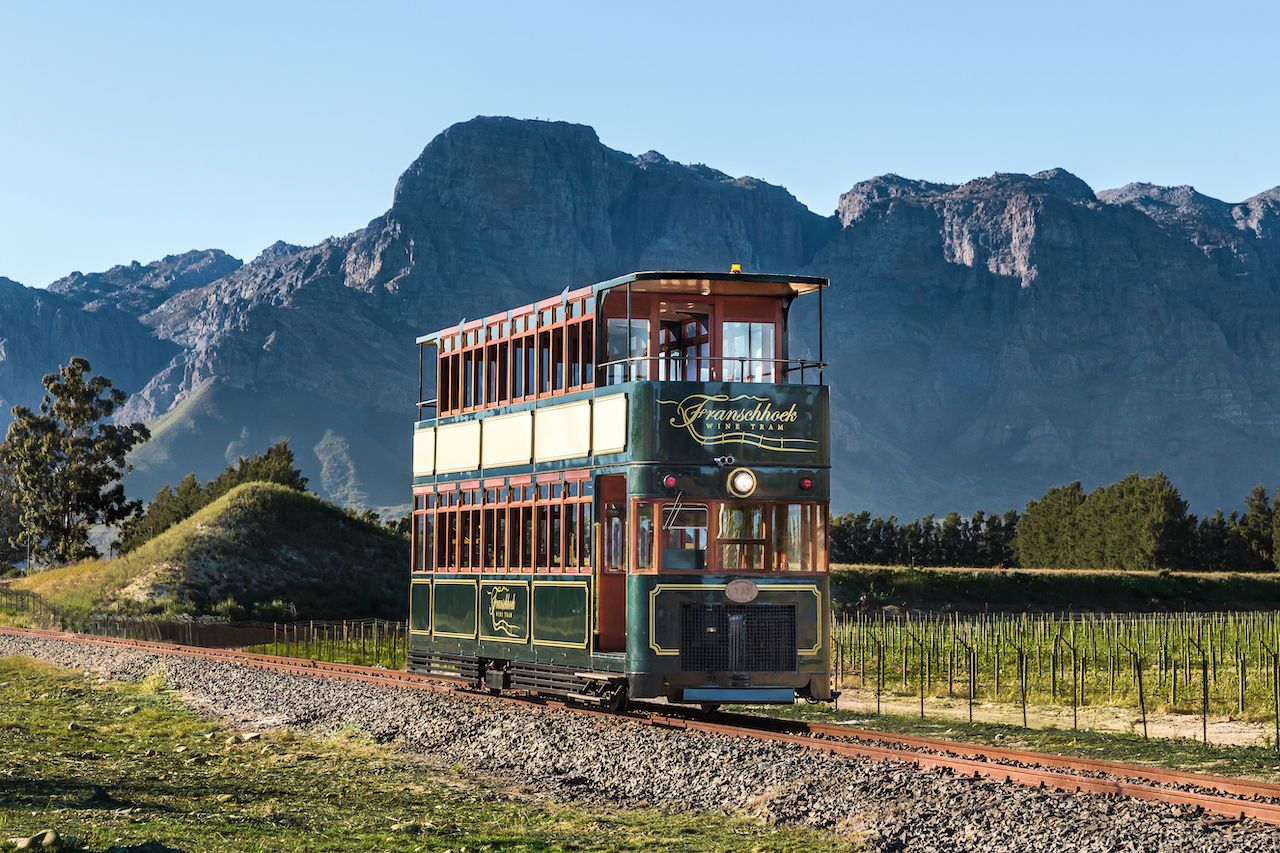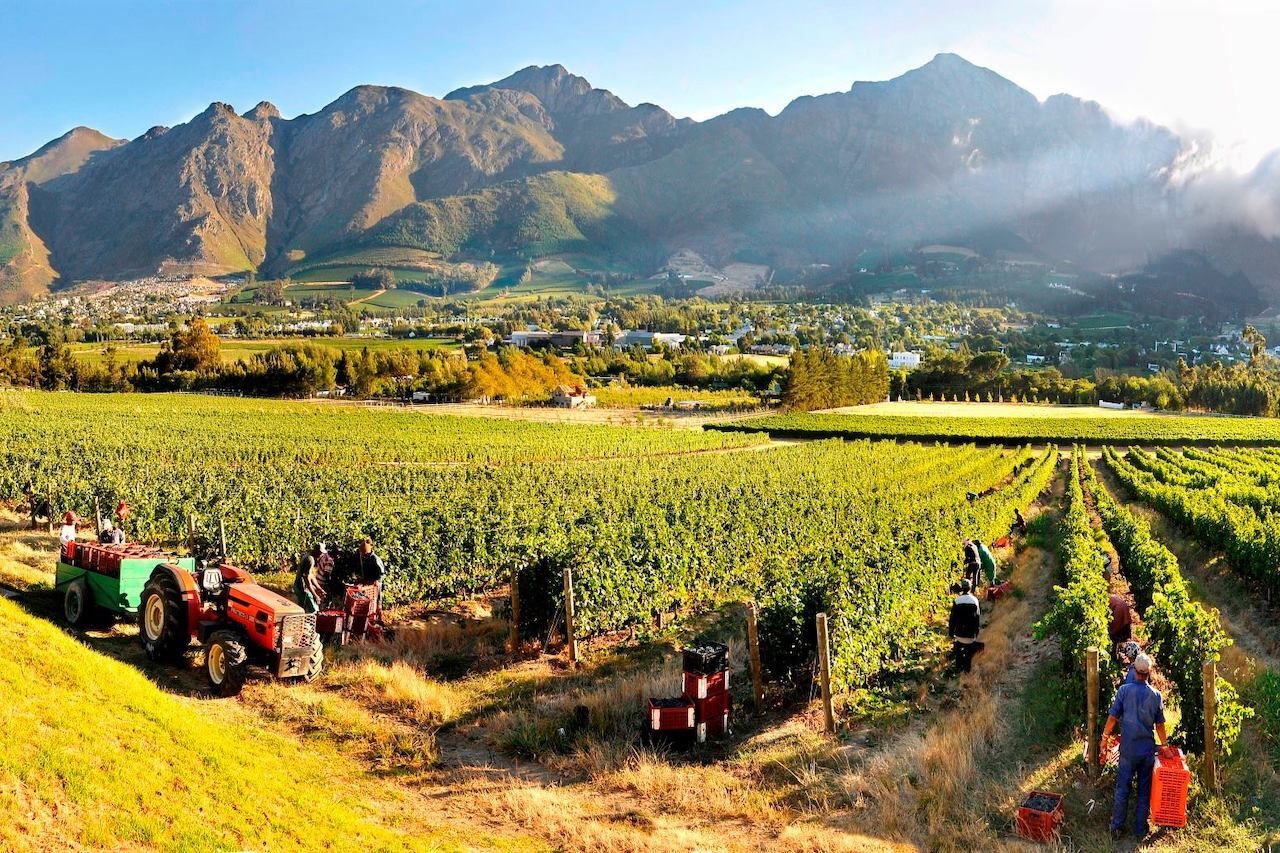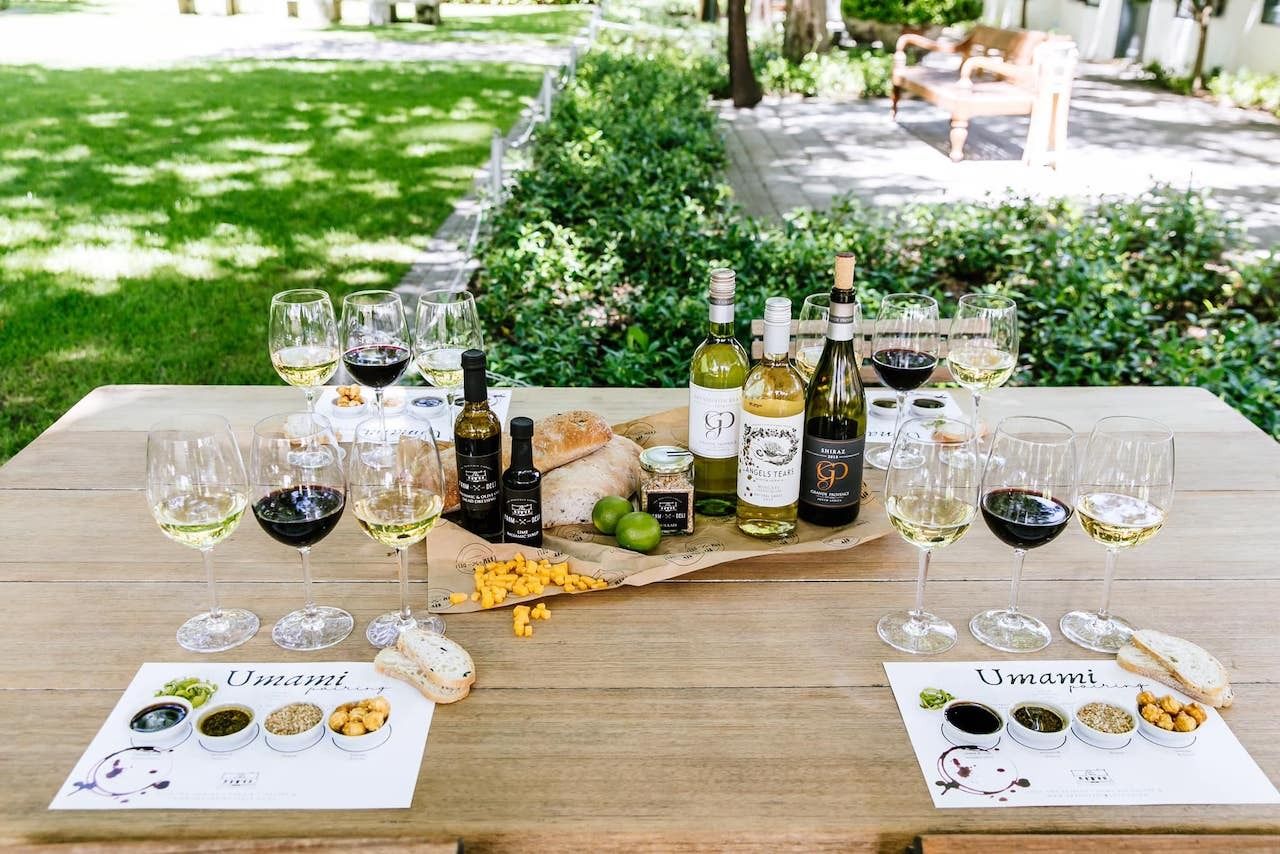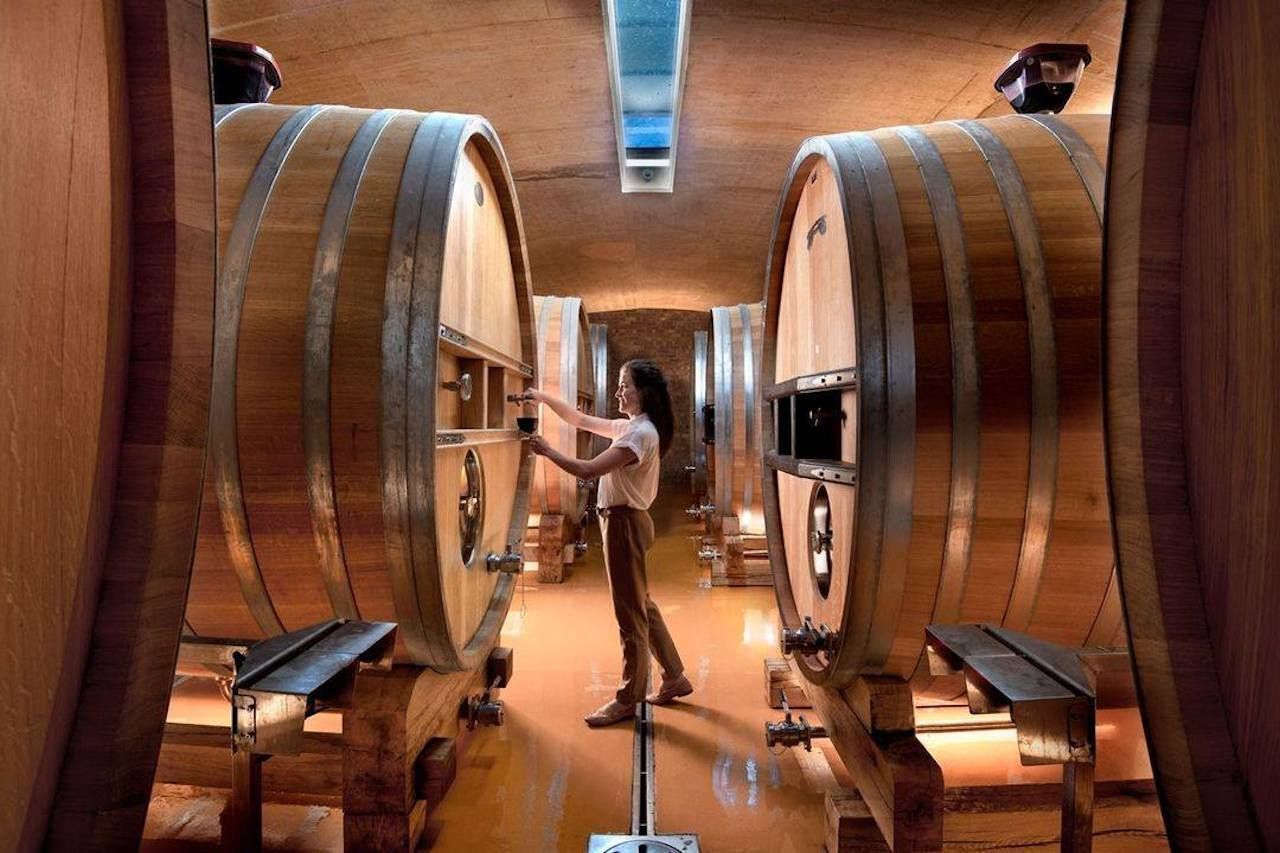The Cape Winelands are an absolute must-visit for anyone traveling to Cape Town and its surroundings. There, you’ll find expansive mountainous landscapes lined with pristine vineyards, views as far as the eye can see, and, most importantly, unbelievably affordable world-class wine. For those unfamiliar with the region, it can be a bit intimidating. With so many wine estates to choose from, where do you begin? How do you get from one to the next?
The ultimate way to travel through the spectacular Cape Winelands in style is aboard the Franschhoek Wine Tram. This vintage-style railway tram will take you on a journey through Franschhoek Valley’s 300-year-old winemaking history while you sample some of South Africa’s prized wines. Along the way, you can hop on and off to visit some of South Africa’s oldest and most acclaimed vineyards, enjoy world-class cuisine, and partake in a range of activities, all while taking in the incredible views of this beautiful wine region.
